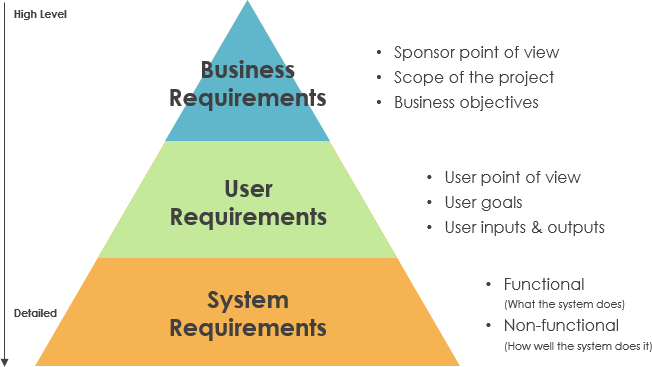

- #Leopardassist system requirements for mac#
- #Leopardassist system requirements mac os x#
the tutorial course, where one or a small number of students work on a topic and meet with the instructor weekly for discussion and guidance. the colloquium or reading course, where the instructor assigns readings for each session which are then discussed by the members. the seminar, where students prepare and present their original written work for discussion and critique. the lecture course, where the instructor gives lectures with minimal interaction. There are different formats of course in universities: In the Philippines, a course can be an individual subject (usually referred to by faculty and school officials) or the entire programme (usually referred to by students and outsiders).Ĭourses are made up of individual sessions, typically on a fixed weekly schedule. In India, the United Kingdom, Australia and Singapore, as well as parts of Canada, the word " unit" or " module" would be used to refer to an academic course as used in North America and the rest of Europe. The term is used in various countries, such as Vietnam, Canada, Nigeria, and the United States. The entire collection of courses required to complete an academic degree is called a program (or programme) of studies. An elective is usually not a required course, but there are a certain number of non-specific electives that are required for certain majors. Ĭourses can either be compulsory material or "elective". Students may receive a grade and academic credit after completion of the course. Courses generally have a fixed program of sessions every week during the term, called lessons or classes. A course usually covers an individual subject. In higher education a course is a unit of teaching that typically lasts one academic term, is led by one or more instructors ( teachers or professors), and has a fixed roster of students. JSTOR ( September 2015) ( Learn how and when to remove this template message). Unsourced material may be challenged and removed. Please help improve this article by adding citations to reliable sources. Improved security when handling passwords at authentication stage.This article needs additional citations for verification. Reset Firmware Defaults now performs a complete Open Firmware reset on restart. Added option to boot from USB where supported. Added detection for unsupported architectures and insufficient memory. Added the ability for users to specify a custom processor clock frequency. 
Added automatic detection of single- and dual-processor systems.Users can now choose to start in Single User Mode and Safe Boot after restart.Limited customisation of startup options now available on G5 systems.Complete rewrite with numerous under-the-hood improvements and optimisations.LeopardAssist handles the interaction with Open Firmware, specifying the target processor speed, the number of physical processors in the system, the desired boot device and any additional startup flags to simplify the installation and configuration process. This allows Leopard to be installed from unmodified installation media or another bootable device. Executed at startup, this script will temporarily force the system to report that a faster processor is installed, allowing the Leopard installer to successfully complete its minimum system requirements check. It achieves this by temporarily writing a script into the NVRAM of your G4-based Mac. LeopardAssist can help in the process of installing OS X 10.5 Leopard on machines that did not meet the minimum system requirement of an 867MHz or faster processor. LeopardAssist handles the interaction with Open Firmware, What's New in LeopardAssist.
#Leopardassist system requirements for mac#
Download Medical Dictionary For Mac on this page.
#Leopardassist system requirements mac os x#
Download Mac OS X Leopard DVD 10.5 ISO is the latest version which includes general operating system fixes that enhance the stability, compatibility and security of your Mac.






 0 kommentar(er)
0 kommentar(er)
